15 years one-stop China custom CNC machining parts factory
 729 |
Published by VMT at Aug 18 2023
729 |
Published by VMT at Aug 18 2023
What is 1018 Steel?
1018 steel, also known as "mild" or "low carbon" steel, is a type of carbon steel that is characterized by its relatively low carbon content. This steel alloy is widely used in various industries due to its excellent weldability, machinability, and cost-effectiveness. The term "1018" refers to the specific grade of steel, and it is often selected for applications where ease of fabrication and versatility are key factors.
With a carbon content ranging from 0.15% to 0.20%, 1018 steel strikes a balance between strength and ductility. This makes it suitable for a range of applications that require moderate tensile strength and good machinability. The low carbon content also contributes to its ease of welding, allowing it to be joined through various welding processes without the risk of brittleness.
1018 steel is commonly used in the manufacturing of components such as bolts, screws, shafts, gears, and general-purpose parts. Its malleability and workability make it a preferred choice for processes like cold forming, where the steel can be shaped and bent without the need for extensive heating. Additionally, the cost-effectiveness of 1018 steel makes it a popular option for projects that require reliable performance without the added expense of higher alloy steels.
In summary, 1018 steel is a versatile and widely used carbon steel alloy known for its good weldability, machinability, and cost-effectiveness. Its balanced properties make it suitable for a variety of applications across industries, making it a go-to choice for components that require moderate strength and easy fabrication.

Pros and Cons of 1018 Steel
1018 steel, a popular type of carbon steel, has its own set of advantages and disadvantages that make it suitable for specific applications. Let's delve into the pros and cons of 1018 steel:
Pros of 1018 Steel:
Machinability: One of the standout benefits of 1018 steel is its excellent machinability. The low carbon content and relatively simple alloy composition make it easy to cut, shape, and drill, reducing tool wear and enhancing manufacturing efficiency.
Weldability: 1018 steel's low carbon content contributes to its superb weldability. It can be easily welded using various methods without the risk of embrittlement, making it a preferred choice for welded components and structures.
Cost-Effective: Compared to higher alloy steels, 1018 steel is cost-effective. This makes it an attractive option for projects that demand reliable performance without incurring the higher expenses associated with more complex alloy compositions.
Versatility: 1018 steel finds applications in a wide range of industries due to its balanced properties. It can be utilized for components in automotive, machinery, construction, and general manufacturing sectors.
Cold Forming: The malleability of 1018 steel enables it to undergo cold forming processes, such as bending and shaping, without requiring extensive heating. This property expands its range of potential applications.
Cons of 1018 Steel:
Limited Strength: While 1018 steel offers decent tensile strength for many applications, it falls short in high-stress environments where greater strength is required. Other higher alloy steels might be more suitable for heavy-duty applications.
Surface Hardness: 1018 steel is not known for exceptional surface hardness. This can limit its use in situations where resistance to abrasion or wear is crucial.
Lower Toughness: In comparison to some other steels, 1018 steel might exhibit lower toughness and impact resistance, making it less ideal for applications subjected to sudden shocks or heavy impacts.
Restricted Heat Treatment: 1018 steel's low carbon content restricts its ability to be significantly altered through heat treatment to enhance its mechanical properties.
Corrosion Susceptibility: Due to its lower alloy content, 1018 steel is more susceptible to corrosion in certain environments, particularly when exposed to moisture or corrosive substances.
In conclusion, 1018 steel presents a balanced blend of advantages and disadvantages. Its machinability, weldability, and cost-effectiveness make it a versatile choice for various applications, especially those that don't require extreme strength or resistance to harsh conditions. However, its limitations in terms of strength, hardness, and corrosion resistance should be carefully considered when selecting this steel for specific projects.
What is 4140 Steel?
4140 steel is a type of alloy steel known for its exceptional strength, toughness, and versatility. It falls under the category of medium carbon steel and is renowned for its outstanding mechanical properties, making it a popular choice for a wide range of industrial applications.
The designation "4140" refers to the specific grade of steel and its composition. It contains approximately 0.40% carbon, along with other alloying elements such as chromium and molybdenum. These alloying elements contribute to the steel's unique properties, enhancing its strength, hardness, and wear resistance.
4140 steel is an alloy steel prized for its high strength, excellent toughness, and versatility. Its mechanical properties, combined with the ability to achieve specific characteristics through heat treatment, make it a valuable material for a diverse range of industrial applications. From heavy machinery to automotive components, 4140 steel plays a pivotal role in ensuring durability and reliability.
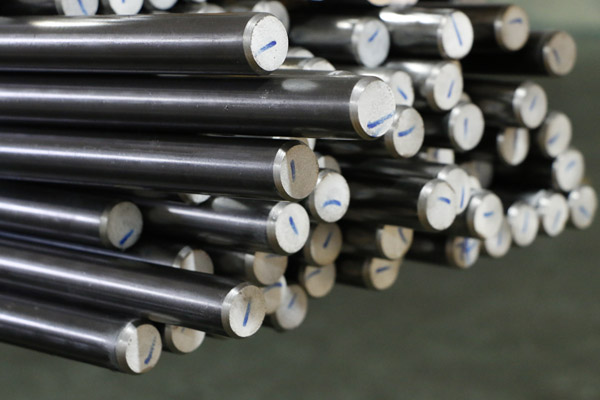
Pros and Cons of 4140 Steel
4140 steel, an alloy steel with distinctive properties, offers a range of advantages and disadvantages that influence its suitability for various applications. Here's a breakdown of the pros and cons of 4140 steel:
Pros of 4140 Steel:
High Strength: A standout benefit of 4140 steel is its remarkable strength. With a high tensile strength and excellent toughness, it is well-suited for applications that require durability and resistance to deformation.
Toughness: The combination of alloying elements in 4140 steel enhances its toughness, making it resistant to fractures and able to absorb shocks and impacts. This is particularly beneficial for components subjected to sudden loads.
Versatility in Heat Treatment: 4140 steel's composition allows for effective heat treatment processes like quenching and tempering. This versatility enables manufacturers to customize the material's mechanical properties to match specific application requirements.
Wear Resistance: The presence of chromium in 4140 steel contributes to its enhanced wear resistance, making it suitable for applications involving friction and abrasion.
Wide Range of Applications: Due to its balanced combination of properties, 4140 steel finds uses in diverse industries. It's commonly employed in gears, shafts, fasteners, automotive parts, and structural components.
Durability: The robust nature of 4140 steel ensures that components made from it can withstand demanding conditions and offer extended service life.
Cons of 4140 Steel:
Cost: The alloying elements in 4140 steel, particularly chromium and molybdenum, contribute to its excellent properties but can also elevate its cost compared to lower alloy steels.
Machinability: While 4140 steel is machinable, it is not as easily machined as some lower alloy steels. Proper tools and techniques are necessary to achieve desired results without excessive tool wear.
Potential Brittleness: Excessive heat treatment or improper cooling during the heat treatment process can lead to brittleness in 4140 steel, impacting its toughness and ductility.
Corrosion Susceptibility: While the presence of chromium enhances wear resistance, it might not provide the same level of corrosion resistance as stainless steels with higher chromium content.
Specialized Heat Treatment: Achieving specific mechanical properties through heat treatment requires careful control and expertise, which might necessitate specialized facilities and processes.
Impact on Weldability: While 4140 steel can be welded, precautions are necessary to prevent cracking and brittleness, especially in areas affected by heat during the welding process.
In conclusion, 4140 steel presents a mix of advantages and disadvantages. Its high strength, toughness, and versatility make it a valuable material for various applications, particularly those demanding durability and resistance to wear. However, considerations such as cost, machinability, and potential brittleness should be weighed when selecting 4140 steel for specific projects.
Differences Between 1018 Steel and 4140 Steel: A Comprehensive Comparison
1018 steel and 4140 steel are two distinct types of steel alloys with differing properties and applications. This comprehensive comparison delves into the detailed differences between these two metals, providing insights into their composition, mechanical properties, uses, and considerations for choosing the most suitable option for various projects.
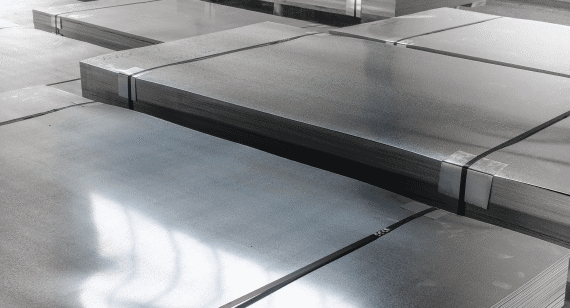
Composition and Alloying Elements
1018 Steel: Known as "mild" or "low carbon" steel, 1018 steel contains around 0.18% carbon, along with trace amounts of other elements. Its simplicity contributes to its ease of fabrication and weldability.
4140 Steel: A medium carbon steel, 4140 contains approximately 0.40% carbon, along with alloying elements such as chromium and molybdenum. These elements enhance its strength, toughness, and wear resistance.
Mechanical Properties Comparison
1018 Steel: Offers good ductility, machinability, and moderate tensile strength.
4140 Steel: Boasts high tensile strength, excellent toughness, and wear resistance. Superior mechanical properties make it suitable for demanding applications.
Applications and Use Cases
1018 Steel: Ideal for components requiring ease of fabrication and moderate strength, such as bolts, screws, and general-purpose parts.
4140 Steel: Suited for applications demanding high strength, toughness, and wear resistance, including gears, shafts, fasteners, and structural components.
Machinability and Weldability
1018 Steel: Excels in machinability and weldability, making it a favorable choice for processes like drilling, shaping, and welding.
4140 Steel: While machinable, requires specialized tools and techniques due to its alloy composition. Welding is possible with precautions against brittleness.
Heat Treatment and Customization
1018 Steel: Limited in heat treatability. Modest changes in mechanical properties can be achieved through cold working.
4140 Steel: Responds well to heat treatment processes like quenching and tempering, allowing for customization of mechanical properties.
Corrosion Resistance
1018 Steel: Moderate corrosion resistance due to its lower alloy content.
4140 Steel: Enhanced corrosion resistance due to the presence of chromium. Still not as corrosion-resistant as stainless steels.
Considerations for Selection
Budget, mechanical requirements, and intended application dictate the choice.
Choose 1018 steel for cost-effectiveness and ease of fabrication.
Opt for 4140 steel when high strength, toughness, and wear resistance are paramount.
Conclusion
The differences between 1018 steel and 4140 steel encompass composition, mechanical properties, applications, and more. While 1018 steel offers versatility and simplicity, 4140 steel provides exceptional strength and resilience. By assessing factors like mechanical demands, machining needs, and corrosion resistance, you can confidently select the steel that aligns with your project's objectives.
Choosing Between 1018 Steel and 4140 Steel: Which One is Right for You?
When it comes to selecting the ideal steel for your project, considering the differences between 1018 steel and 4140 steel is crucial. Each steel alloy offers unique qualities that cater to specific applications. In this article, we'll help you navigate this decision by exploring the characteristics of both 1018 and 4140 steel, enabling you to choose the one that best suits your project's requirements.
The decision between 1018 steel and 4140 steel can greatly impact the success of your project. By thoroughly understanding their attributes, you can confidently make a choice that aligns with your project's objectives.
Comparing 1018 Steel and 4140 Steel
1018 Steel: Known for its ease of fabrication and versatility. Offers moderate strength and good weldability.
4140 Steel: Renowned for its exceptional strength, toughness, and wear resistance. Suited for demanding applications.
Assessing Your Project's Needs
Consider the specific requirements of your project, including load-bearing capacity, durability, and potential wear and tear.
Applications and Use Cases
1018 Steel: Suitable for components requiring easy fabrication and moderate strength, such as general-purpose parts.
4140 Steel: Ideal for applications demanding high strength, toughness, and resistance to wear, such as gears and shafts.
Mechanical Properties and Strength
1018 Steel: Offers decent tensile strength and ductility.
4140 Steel: Provides high tensile strength, excellent toughness, and wear resistance.
Machinability and Weldability
1018 Steel: Excels in machinability and weldability.
4140 Steel: Requires specialized tools for machining and precautions for welding.
Cost Considerations
1018 Steel: More cost-effective due to its simpler composition.
4140 Steel: Generally higher in cost due to its alloying elements.
Customization Through Heat Treatment
1018 Steel: Limited heat treatability; mechanical properties can be altered through cold working.
4140 Steel: Responds well to heat treatment, enabling customization of mechanical properties.
Corrosion Resistance
1018 Steel: Moderate corrosion resistance.
4140 Steel: Offers better corrosion resistance due to the presence of chromium.
Making the Right Choice
Evaluate the project's mechanical demands, fabrication ease, and resistance needs.
Choose 1018 steel for simpler projects and cost-effectiveness.
Opt for 4140 steel when high strength, toughness, and wear resistance are priorities.
Conclusion
Selecting between 1018 steel and 4140 steel involves understanding your project's specific needs. By weighing factors such as mechanical demands, fabrication ease, and corrosion resistance, you can confidently choose the steel alloy that aligns with your project's goals. Whether you prioritize versatility or exceptional strength, the right choice will result in a successful and reliable outcome.
Applications of 1018 Steel and 4140 Steel
1018 steel and 4140 steel are two distinct steel alloys that find applications across various industries due to their unique properties. This article highlights the specific applications where each of these steels excels, showcasing their versatility and suitability for different uses.
The versatility of steel alloys like 1018 and 4140 makes them indispensable in a multitude of industries. By understanding their applications, you can make informed choices for your projects.
Applications of 1018 Steel
Bolts and Fasteners: 1018 steel's ease of fabrication and moderate strength make it a go-to choice for bolts, screws, and other fasteners.
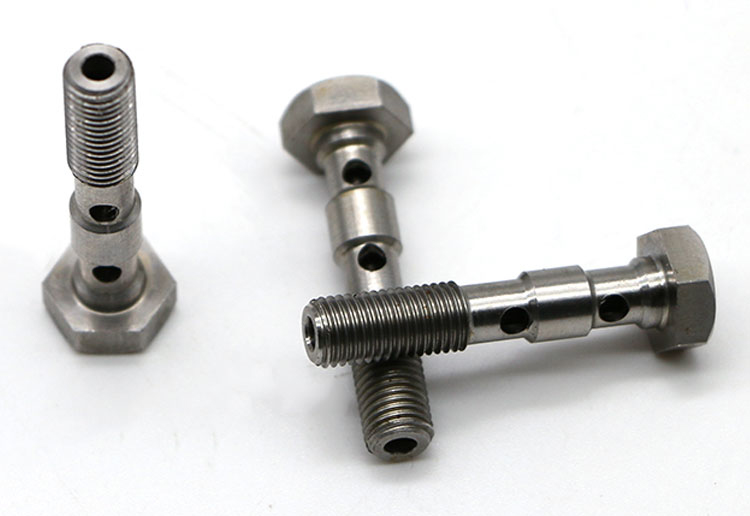
General-Purpose Components: Its machinability and weldability make it suitable for creating various components, including bushings, spacers, and dowels.
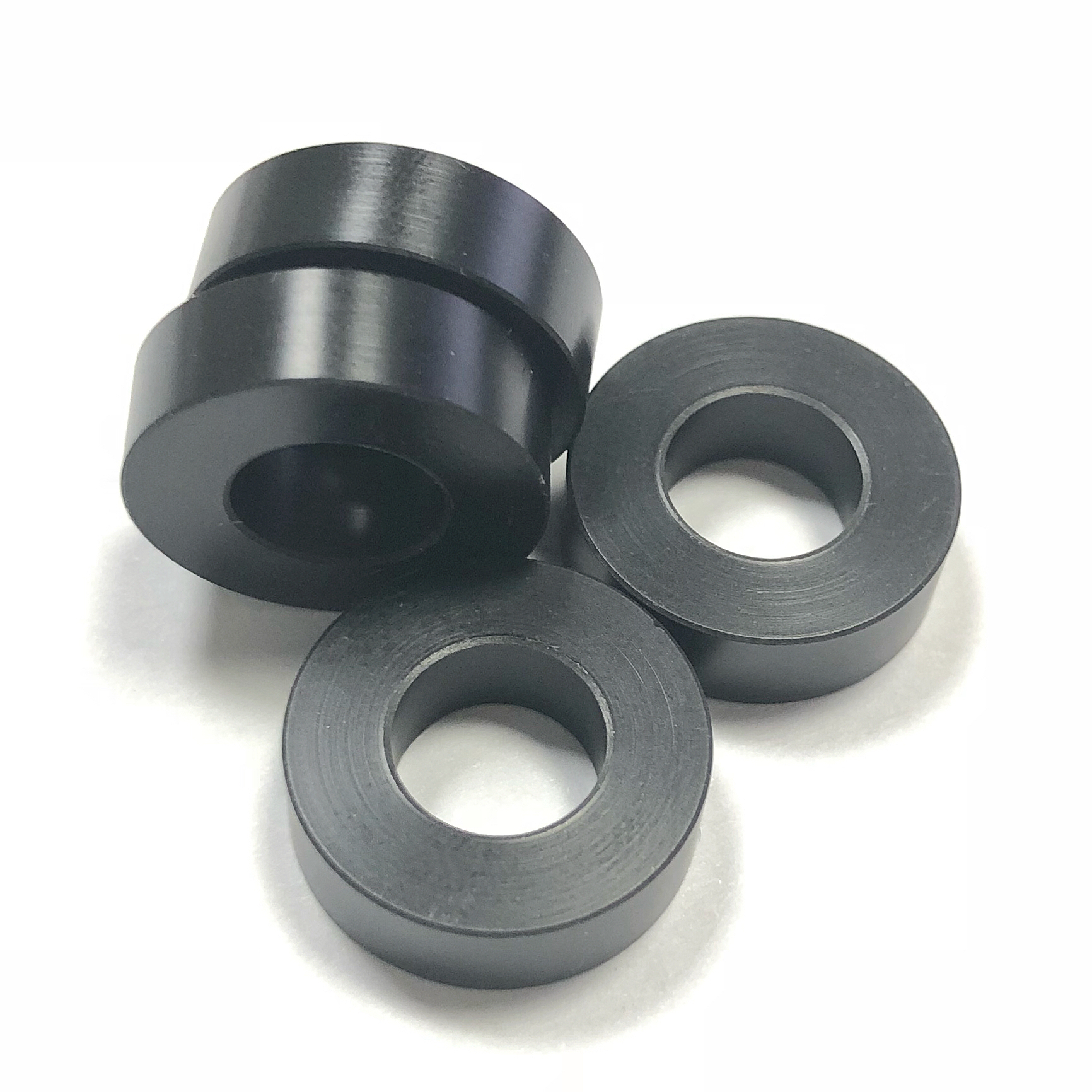
Structural Parts: In applications that don't demand extreme strength, 1018 steel can be used for structural parts in machinery and equipment.
Automotive Parts: Components like hinges, brackets, and linkage systems benefit from 1018 steel's versatility and ease of manufacture.
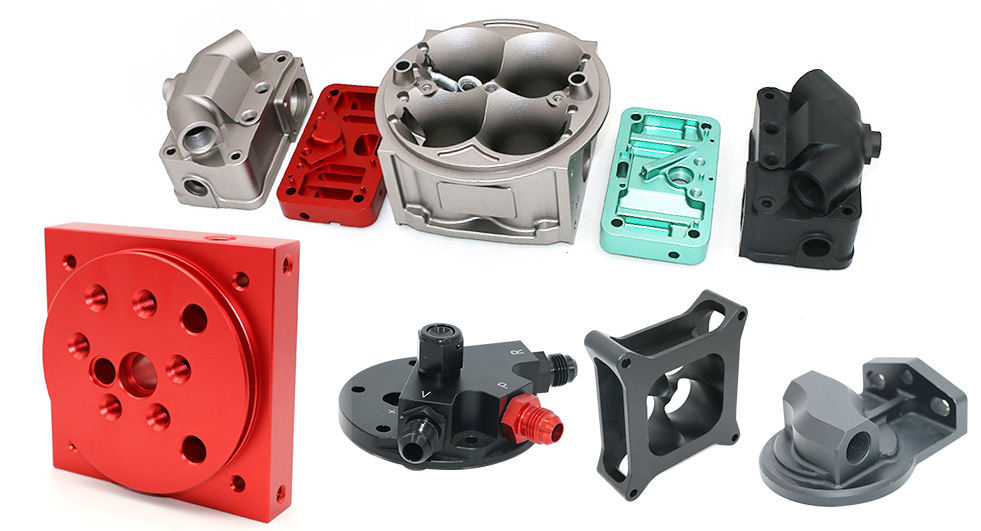
Applications of 4140 Steel
Gears and Shafts: The exceptional strength and wear resistance of 4140 steel make it an excellent choice for gears, shafts, and axles.
Tooling and Machinery Parts: Due to its robust mechanical properties, 4140 steel is used in tooling and machinery parts subjected to high stresses and heavy loads.
Automotive Components: Critical components such as crankshafts, connecting rods, and gears benefit from 4140 steel's strength and durability.
Oil and Gas Industry: In applications like drilling equipment and oil rig components, where toughness and wear resistance are vital, 4140 steel shines.
Comparative Analysis
1018 Steel: Excels in applications that require ease of fabrication, cost-effectiveness, and moderate strength.
4140 Steel: Thrives in applications demanding high strength, toughness, and resistance to wear and abrasion.
Choosing the Right Steel for Your Project
Consider the mechanical demands, wear and tear, and specific conditions your project will face.
Opt for 1018 steel when simplicity, cost-effectiveness, and easy fabrication are priorities.
Choose 4140 steel when exceptional strength, toughness, and wear resistance are essential for your project's success.
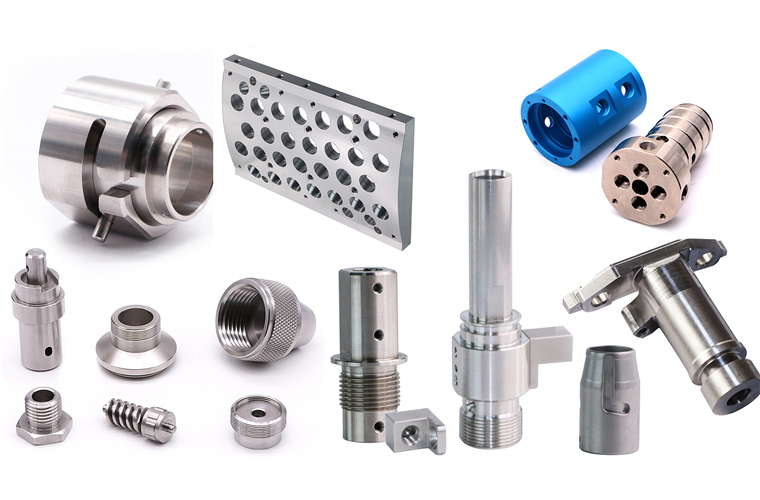
Conclusion
The applications of 1018 steel and 4140 steel span a wide spectrum of industries and uses. Understanding their strengths and weaknesses empowers you to make informed decisions when selecting the appropriate steel alloy for your projects. Whether you're creating fasteners, machinery parts, or automotive components, the right steel choice contributes to the longevity and performance of your creations.
FAQ
Here are some common questions that individuals often ask about 1018 steel and 4140 steel:
For 1018 Steel:
What is 1018 steel used for?
1018 steel is commonly used for bolts, screws, general-purpose components, and structural parts in machinery and equipment.
Is 1018 steel weldable?
Yes, 1018 steel is known for its excellent weldability, making it suitable for welding processes without the risk of embrittlement.
What are the advantages of 1018 steel?
1018 steel offers good machinability, weldability, and moderate strength, making it versatile and cost-effective for various applications.
Is 1018 steel heat treatable?
While 1018 steel is not typically heat treatable like some other steels, its mechanical properties can be altered through cold working.
Where is 1018 steel commonly used in the automotive industry?
1018 steel is used for automotive components such as hinges, brackets, linkage systems, and general-purpose parts.
For 4140 Steel:
What applications benefit from 4140 steel's strength?
4140 steel is ideal for applications requiring high strength and toughness, including gears, shafts, axles, and tooling.
Can 4140 steel be heat treated?
Yes, 4140 steel responds well to heat treatment processes like quenching and tempering, allowing for customization of its mechanical properties.
Is 4140 steel suitable for oil and gas industry applications?
Yes, 4140 steel is often used in the oil and gas industry due to its exceptional toughness, wear resistance, and ability to withstand harsh conditions.
What are the main advantages of 4140 steel?
4140 steel offers high tensile strength, excellent toughness, and resistance to wear, making it a preferred choice for demanding applications.
Can 4140 steel be machined easily?
While machinable, 4140 steel requires specialized tools and techniques due to its alloy composition, particularly for more complex machining tasks.
Conclusion
By understanding the answers to these frequently asked questions, you can gain a clearer picture of the characteristics, uses, and benefits of both 1018 steel and 4140 steel. Whether you're considering these steels for automotive, machinery, or industrial applications, these insights will help you make informed decisions that align with your project's requirements.
